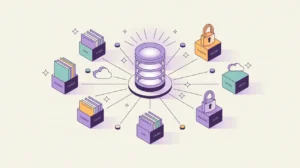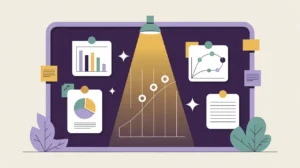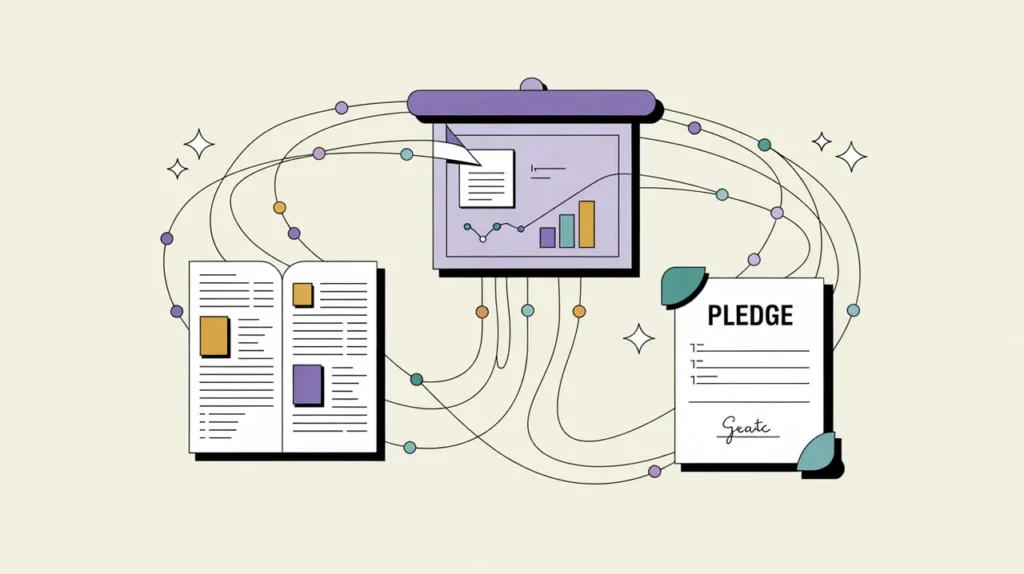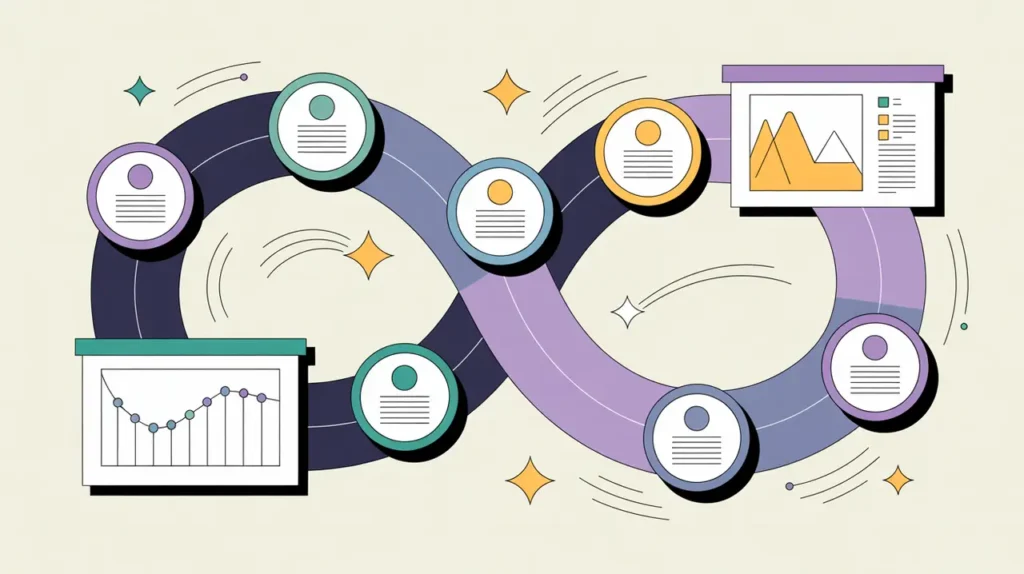What Does Fundraising Pipeline Development Involve?
Fundraising pipeline development is the process of organizing and advancing donor prospects through clearly defined stages, from initial identification to active solicitation. It ensures that fundraising teams have a steady flow of qualified prospects at different readiness levels, preventing gaps and bottlenecks in revenue generation.
In practice, pipeline development means more than collecting names in a database. It involves qualifying prospects, segmenting them based on interests and giving capacity, and moving them forward through structured cultivation steps. A strong pipeline balances short-term opportunities with long-term relationship-building, ensuring both immediate revenue and future sustainability.
When organizations neglect pipeline development, fundraising becomes unpredictable and reactive. Without a system to track movement and momentum, teams can lose track of prospects or rely too heavily on a few donors. By contrast, disciplined pipeline development creates visibility, accountability, and confidence. It provides fundraisers with a clear picture of where each prospect stands, what actions are needed, and what revenue can be forecasted with credibility.
What Competencies are Associated with this Role?
Pipeline development requires strong organizational and analytical skills. Core competencies include:
- Building structured donor pipelines with defined stages
- Qualifying prospects based on readiness, interest, and capacity
- Segmenting donors into tiers or portfolios
- Using CRM systems to track prospect movement and next steps
- Setting and monitoring pipeline KPIs (conversion rates, stage velocity)
- Coordinating pipeline reviews with fundraising teams
- Developing cultivation workflows and next-step actions
- Forecasting revenue from pipeline data
- Identifying gaps and replenishing the pipeline continuously
- Ensuring ethical standards in donor segmentation and prioritization
How Might AI and Automation Help this Role?
AI and automation can strengthen pipelines by improving data quality and forecasting. Opportunities include:
- Predictive scoring of prospects based on giving likelihood
- Automated movement of donors through CRM stages
- AI-driven alerts for stalled or neglected prospects
- Revenue forecasting models based on pipeline performance
- Automated reminders for next-step actions
- Natural language processing of donor communications to assess readiness
- Dashboard generation for pipeline visibility
- AI-assisted segmentation for balanced portfolios
What are the Roles by Experience Level?
Pipeline development responsibilities span entry-level data management to strategic oversight:
- Entry: Development Assistant, Data Associate – update CRM records, generate reports, flag stalled prospects
- Mid: Development Officer, Prospect Manager – manage donor portfolios, ensure movement through stages, run pipeline reviews
- Senior: Development Manager, Pipeline Lead – design pipeline processes, set KPIs, forecast revenue, train staff
- Executive: Director of Development, Chief Development Officer – integrate pipeline into overall fundraising strategy, communicate forecasts to leadership and boards
How Transferable are the Skills from this Role?
Pipeline development skills transfer directly into sales, business development, and account management, where pipeline management is central to performance. Within nonprofits, these skills open pathways to donor relations, campaign strategy, and senior development leadership. Beyond nonprofits, pipeline development maps onto roles in CRM administration, corporate partnerships, and consulting. The ability to manage portfolios, track conversion metrics, and forecast revenue is highly sought after in any sector that depends on structured relationship management and predictable growth.







